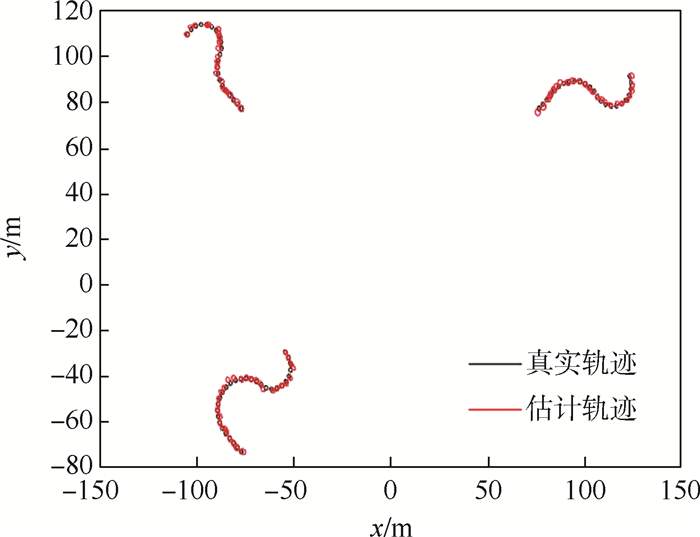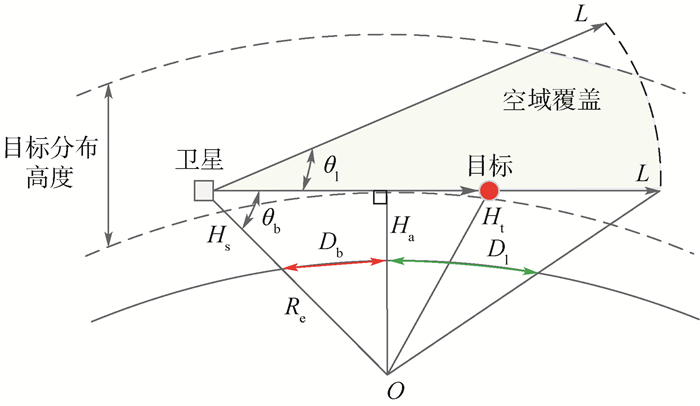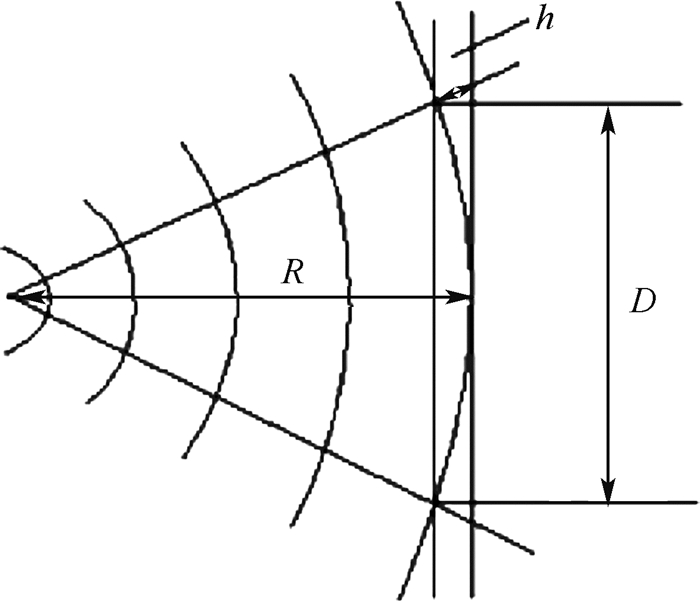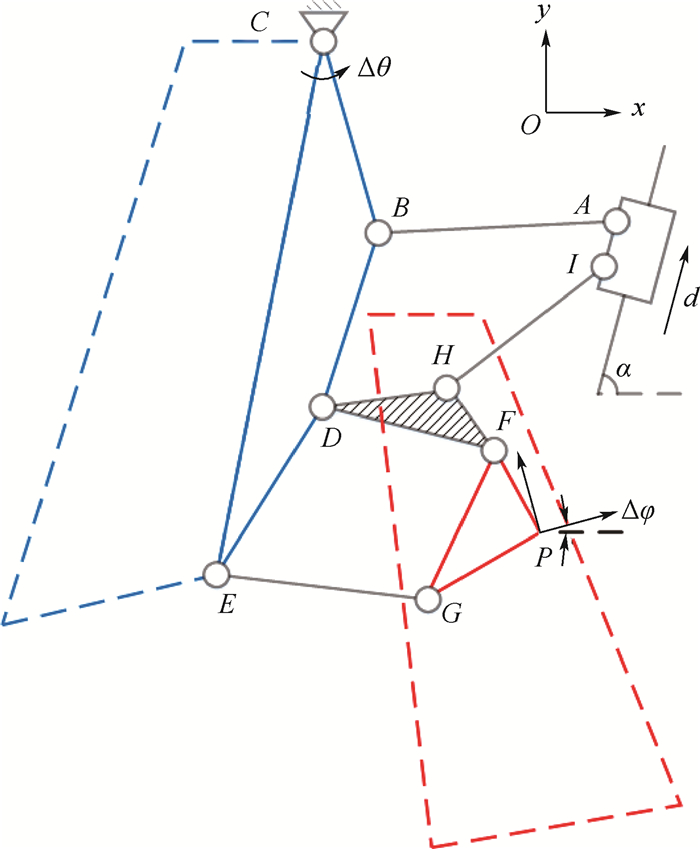Targets in satellite videos are susceptible to occlusion and interference from complex environments, resulting in inaccurate estimation of the target motion state, eventually leading to target tracking failure. Therefore, based on the kernelized correlation filter (KCF) algorithm, two algorithms are designed to improve the success rate of target tracking to achieve robust target tracking. Firstly, extracting the different features (HOG features, gray features and Gaussian curvature features) of the target, then adaptively weighted fusion is carried out on the correlation response of different features of the target, whose purpose is to improve the anti-interference ability of the target against complex environments; Secondly, calculating the weight according to the maximum and average peak correlation energy (APCE) of the target response patch and using it as the confidence level to adaptively update the target model; Finally, the issue of the target being occluded in satellite videos can be resolved by employing the Kalman filter method to anticipate the position of the occluded target after the occlusion of the target is over and reappears. Many experimental results show that the improved correlation filter algorithm has sound effects on target tracking, especially in complex environments, occluded targets, and illumination variation. The success rate and precision have dramatically improved, laying the foundation for further target tracking in satellite videos.


































 XML Online Production Platform
XML Online Production Platform

